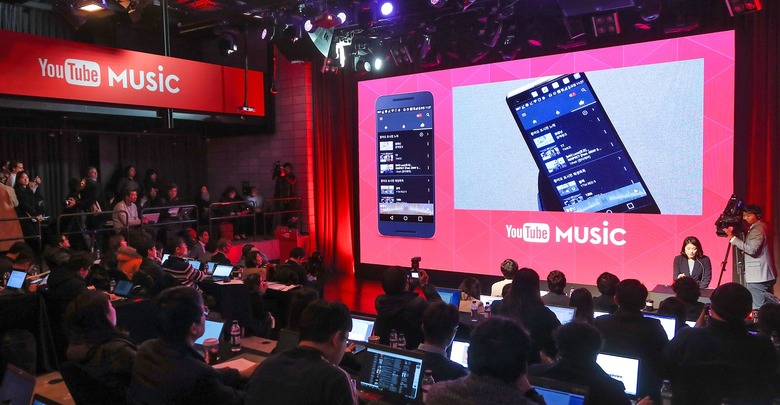YouTube Red And Google Play Music Are Being Merged Into A Single Service
When Google initially announced YouTube Red — a paid service that would allow YouTube users to watch ad-free videos, access a library of original shows and use the YouTube Music app with background play — it sounded like a novel idea. But it never took off quite like Google expected it to, which left some users questioning why YouTube Red existed as an individual service in the first place, especially with Google Play Music already serving the needs of music fans.
According to The Verge, YouTube head of music Lyor Cohen suggested during a panel session at the New Music Seminar conference in New York this week that the two service needed to merge into one:
"The important thing is combining YouTube Red and Google Play Music, and having one offering," said Cohen in response to a question about why YouTube Red hasn't caught on with music fans.
There are countless possible explanations for this, but the most reasonable one is that users simply don't know what Google's services represent. As The Verge points out, YouTube Red is it's own individual service, but YouTube Music is a separate app that anyone can download. Google Play Music is a fairly traditional music streaming service, but a subscription to that service comes with a free subscription to YouTube Red as well (and vice versa). On top of that, YouTube just introduced YouTube TV, but it doesn't relate to the other services in any way and is only available in select markets.
Google provided the following statement to The Verge after the story ran on Wednesday evening:
"Music is very important to Google and we're evaluating how to bring together our music offerings to deliver the best possible product for our users, music partners and artists. Nothing will change for users today and we'll provide plenty of notice before any changes are made."
The YouTube Red/Google Play Music subscription is a genuinely compelling offer, but the biggest hurdle that Google has to jump at the moment is the fact that countless consumers simply don't know what the services are. Combining the two services could clear up that confusion once and for all.
